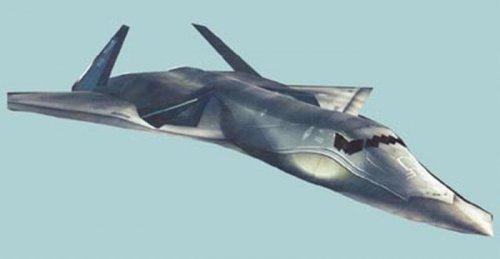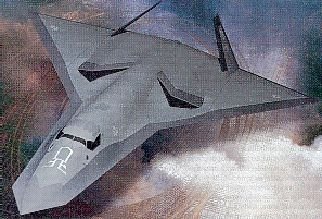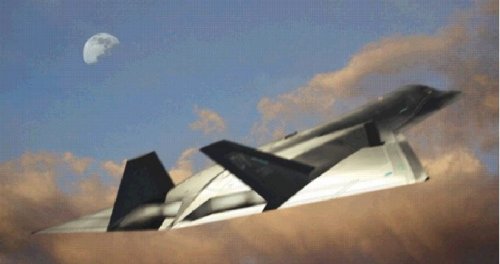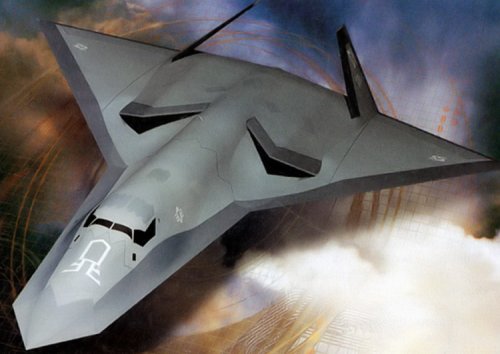... and in the AFM forum, Michael Sirak, JDW Staff Reporter Washington, DC, wrote on 10-JUN-2003:
Lockheed Martin reveals future strike platform
Lockheed Martin has revealed images of a stealthy, supersonic strike aircraft designed to penetrate heavily defended airspace in the initial phase of a conflict and deliver precision-guided munitions on time- sensitive and other high-value targets.
The company developed the concept, which it refers to generically as the 'long-range strike aircraft' in support of studies on future strike platforms that the US Air Force Research Laboratory (AFRL) is leading.
Although the air force anticipates operating its current bomber force of B-1B, B-2A and B-52H aircraft until 2040, it is examining complementary capabilities. It is prioritising its technology investments to be in a position to launch a next-generation strike programme around 2012-15, with the goal of fielding the system starting around 2020. The system it chooses may not be an aircraft, but rather a capability that traverses space, or some other unconventional approach.
Nonetheless, the service is examining a range of notional subsonic, supersonic and hypersonic aircraft designs as it formulates its technology roadmap.
The Lockheed Martin aircraft is a M2.0-M4.0-class system with highly swept wings and large engines, said Kevin Renshaw, Lockheed Martin's programme manager for long-range strike and advanced combat aircraft. Crew would consist of a pilot and a weapons systems operator.
The company is examining a mix of payload and range options. A payload capacity between 15,000 lb and 40,000 lb (6,802kg and 18,140kg) is envisaged, Renshaw told Jane's Defence Weekly, noting that between 20,000 lb and 25,000 lb appears to be the preferred design trade space. The concept has a notional combat radius of 3,000 miles (4,827km) without mid-air refuelling.




